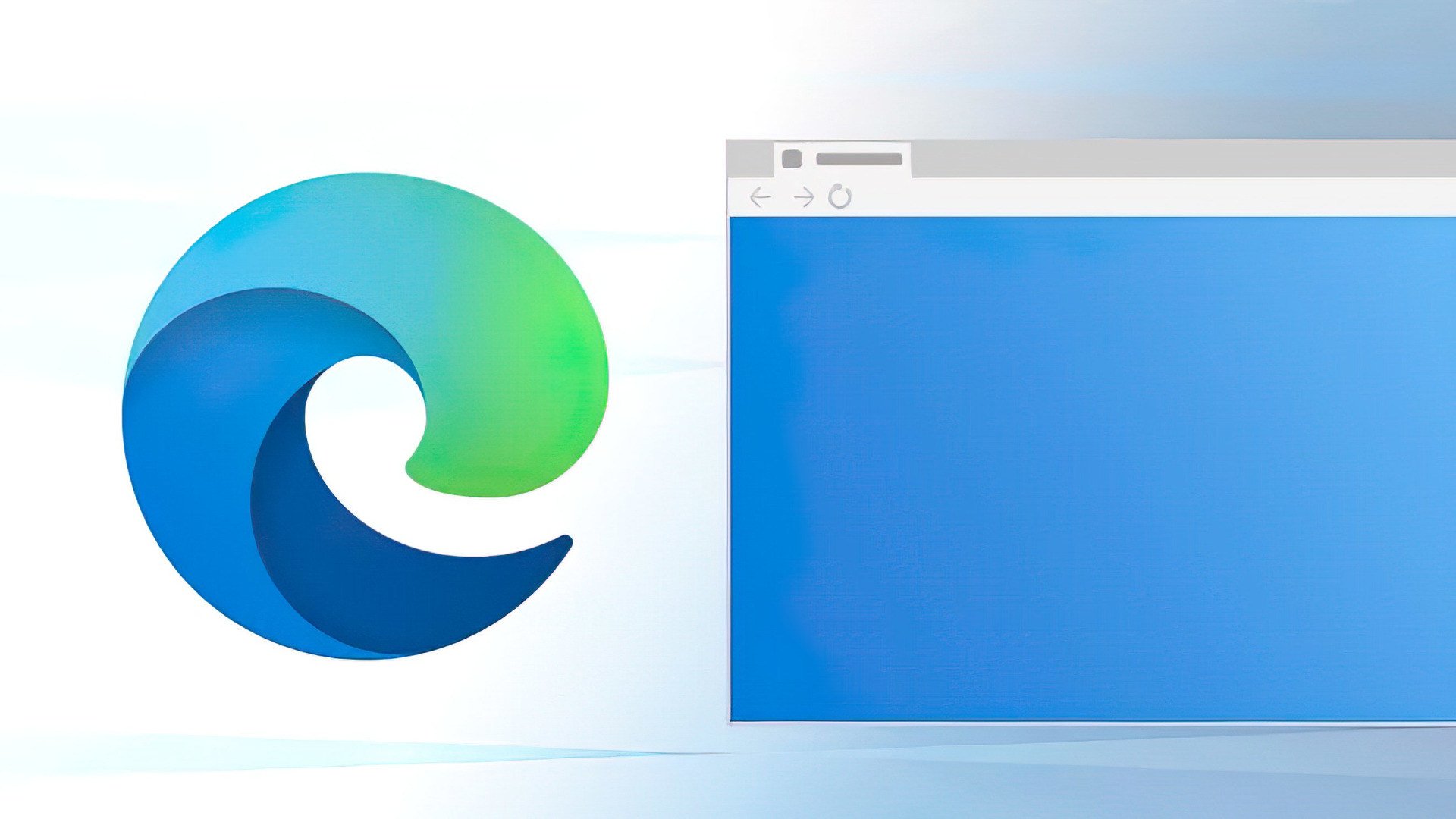

That schedule is a bit awkward, with the promised release for Windows 7 coming only a few months before the official January 2020 end-of-support date for that OS.Īlso: When will Microsoft end support for your version of Windows or Office? A preview release will appear in a few months, but the first official download is still "a year or so" away. Microsoft's plan is to continue using the Microsoft Edge brand, including the bright blue "e" logo, but to rebuild the browser itself using the Chromium open-source project code. So even Windows 10 early adopters are likely stuck with older Edge versions. IT managers are notoriously conservative when it comes to Windows 10 deployment, and Microsoft now allows them to postpone feature updates by up to 30 months. With each successive update, Edge has been adding features and improving steadily in terms of reliability and security.īut corporate customers are not seeing those improvements. Microsoft decided early on to deliver updates to Edge as part of its semi-annual Windows 10 feature updates. The Edge upgrade mechanism made the problem even worse. Remember, Microsoft Edge is the default browser on Windows 10, which means that the first thing most people do with a new Windows 10 device is download Chrome and set it as their default browser. Meanwhile, Google Chrome usage on Windows 10 increased to 58.3 percent. Edge usage dropped from 20.3 percent in the second quarter of 2017 to 19.4 percent in the first three months of 2018.Īlso: From 1990s Internet Explorer to Microsoft Edge: Classic Windows browsers TechRepublicįor the three months ending November 30, 2018, that number plunged again, to 17.1 percent. Among Windows 10 users, the usage share for Microsoft Edge, as measured by DAP, has been steadily declining. I've been tracking those numbers for several years, and six months ago, I noticed a startling fact: Microsoft Edge was falling behind Internet Explorer, the browser that Microsoft had officially stopped developing.Įven as the Windows 10 installed base continued to climb, traffic from Microsoft Edge dropped.


Government's Digital Analytics Program (DAP). One of the best sources for real-world data on browser usage is the U.S. After all, who wants a monoculture?īut when that noble idea collided with the real world, guess what happened? Edge was barely able to compete on its native platform, Windows 10. In theory, the idea of building a standards-based rendering engine to compete with Chromium's Blink engine makes perfect sense. Let's start with what went wrong with EdgeHTML.


 0 kommentar(er)
0 kommentar(er)
